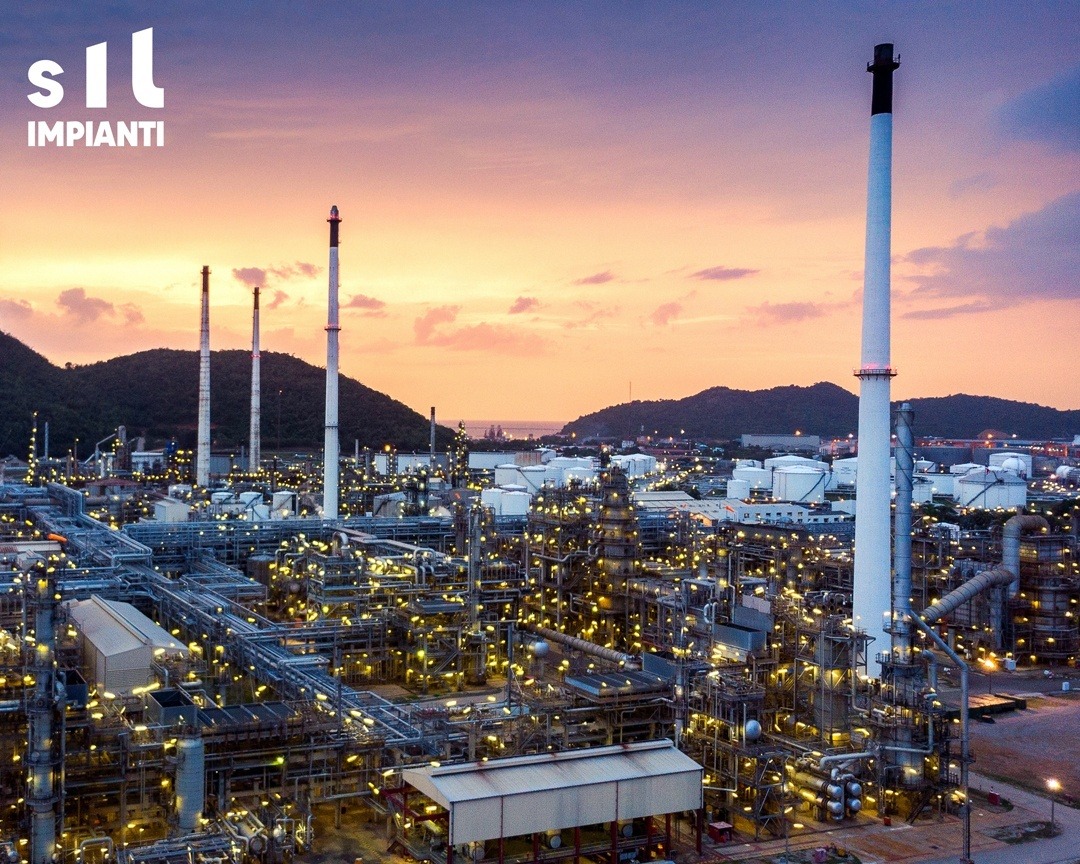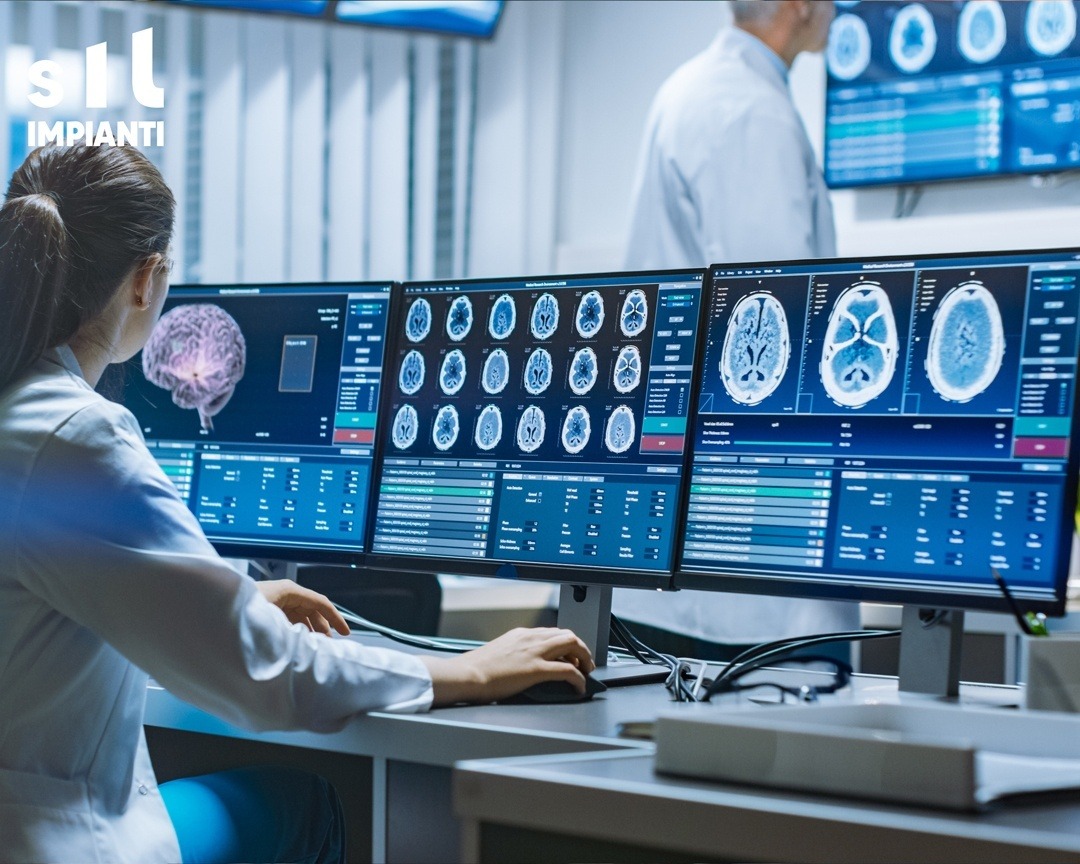INDUSTRIAL GASES ARE GOOD FELLOWS
Argon, Oxygen, Nitrogen, Acetylene, Carbon Dioxide, Hydrogen, Propane and Stargon are just some of the technical gases used in the industrial field, involving the most modern technologies.
The industrial gases are usually extracted from the atmosphere or recovered from the previous processing cycles.
These gases are now an irreplaceable ally of the industry in several sectors, including metallurgical, chemical, pharmaceutical, construction, food and medical.

Some historical notes
It was initially believed that these gases could only be at the gaseous state and could not be transformed into liquid form. Then, in 1877, a French physicist and inventor named Louis-Paul Cailletet succeeded in producing droplets of liquid Oxygen.
In the same year Raoul Pictet, a Swiss physicist, managed to liquefy the Nitrogen. Later on, towards the end of the century, Karl Von Linde, a German engineer, scientist and businessman, invented the first industrial-scale air separation and gas liquefaction processes, which lead to the first reliable and efficient compressed-ammonia refrigerator.
It’s curious to note how, until just over a century ago, we were not even aware that gases could get liquefied, whereas today, thanks to this property, we can achieve levels of efficiency unthinkable at that time.
Not to mention that there are still many innovations to come, thanks to the new technical progress achieved, which will hopefully allow us to go beyond many current limits.

The industrial gases all around us
Nitrogen in the air, liquid Oxygen cylinders for breathing (medical devices) and Argon in modern bulbs, are just some of the thousand examples of application we could list: gases are everywhere, and they are assiduously used to produce multiple products, which are integral part of our daily lives.
For this reason, it is interesting to understand how to obtain them and which are industrial usages they are involved in practice.

The five most used industrial gases:
- Acetylene is a flammable gas, colorless and with a slight sweetish, but non-toxic smell. It is a universal combustible gas, commonly used for welding and brazing, both in cylinders and produced on site by gasogens; it is also used for the autogenic cutting of metals. Out of curiosity: speleologists use it as an illuminator.
- Argon is a colorless and odorless noble gas, not combustible, and it is the third largest component of air; it makes up about 0.93% of the atmosphere. Its most frequent uses are in the welding engineering industry, or as a lighting and in the food industry for packaging. It is also used in the medical field, in fact, there are some argon scalpels, and it is also employed in some cryosurgical procedures.
- Nitrogen is the fifth most abundant element on the planet, moreover it is the first in the air. It looks like a colorless, odorless and non-combustible gas. It is used in welding (inside the pipe, usually in 304L/316L steel, to protect welding from oxidation, which is caused by the materials’ melting temperature), in heating, or brazing, as well as for packaging in the food industry. The cryogenics (it is the production and behavior of materials at very low temperatures) also employs liquid Nitrogen.
- Oxygen does not need any introduction, as it is essential for our breathing and is the main element of the Earth’s crust. However, it has many other destinations. It is a colorless, odorless, oxidizing and oxidizing gas. Its main uses are the metallurgical industry, for welding and brazing, as well as in the medical field (Oxygen cylinders). In addition, it is used in the food industry’s packaging, and to oxygenate the fish tanks in the farms. As we all know, Oxygen is a component of the water, which it means, if you look at the big picture, that the oceans are made by the 78% of Oxygen. Surprising!
- Stargon is a mixture of non-flammable and non-toxic gases, based on Argon mixed to different levels of Carbon Dioxide, Oxygen and Helium, in order to improve its performance. Stargon’ exploitation is mainly for metal welding, ensuring high quality performance, especially when you need to balance light caliber materials with short-circuit transfer. In addition, Stargon allows cost savings compared to helium-high mixtures, furthermore, it cuts down the waste reducing splashes and fumes.

Performance of the future
The revolutionary use of industrial gases makes possible to behold new scenarios, that were not likely until a few years ago. Some effective examples.
There are talks on an airplane with a hybrid hydrogen engine that can transport passengers from Sydney to London in four hours, by 2030. Practically a rocket, which will fly five times faster than it is today.
They are planning to cool down superconductive ceramic foils with the liquid Nitrogen, and this will allow the construction of power lines, so long to permit the transmission of the energy from nuclear reactors in the Arctic to cities such as New York or Chicago.
Argon is being tested to reduce brain damage in patients who remained without oxygen supply for several minutes, for instance in case of heart attacks.
Never before, it has been so refreshing to know that something encouraging has yet to come.
COMMENTS / 0